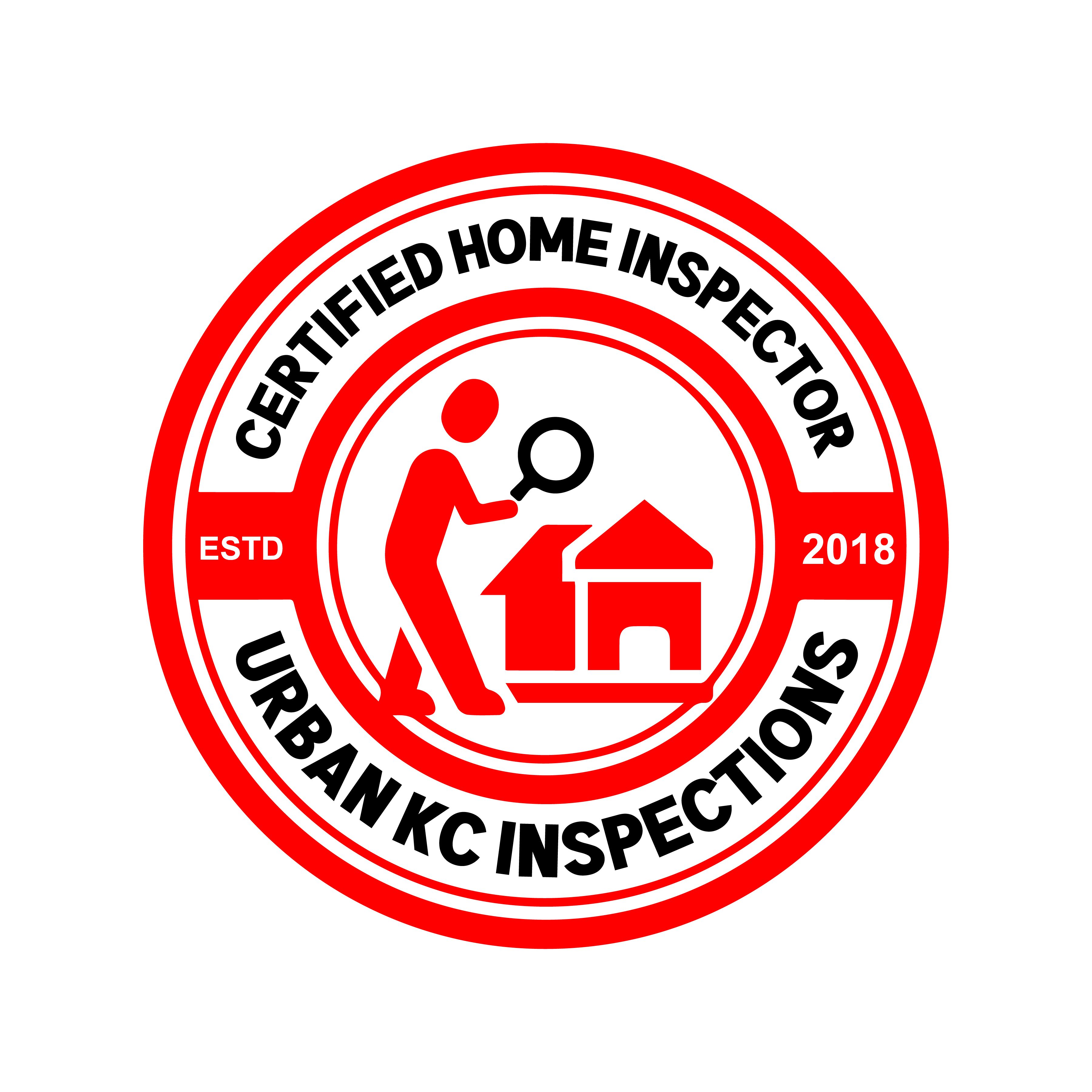-
About
With Urban KC Inspections
 , you are choosing certified professionals who provide high-quality home inspection services to the Greater KCMO area. We take great pride in doing a thorough job and going beyond our clients’ expectations.
, you are choosing certified professionals who provide high-quality home inspection services to the Greater KCMO area. We take great pride in doing a thorough job and going beyond our clients’ expectations.Our home inspection experience is inclusive. We encourage you to join us during the inspection, and to ask questions as you go. Having you with us on the inspection also gives us an opportunity to provide you with tips on home care and maintenance. For instance, you can learn how to change the furnace filter, turn off the water, gas, and electricity in an emergency.
A home inspection is valuable, but unless the experience is well-documented, most people won’t remember all the important details. That’s why we provide a comprehensive written report to serve as your guide for as long as you own the home. It not only describes the house components and their condition, but also provides insight into what improvements will be necessary, and when.
Our report can also help you set up a home maintenance program to take care of one of the most significant investments most people make. Our goal is to ensure that you can live safely, comfortably, and efficiently in your new home.
-
-


